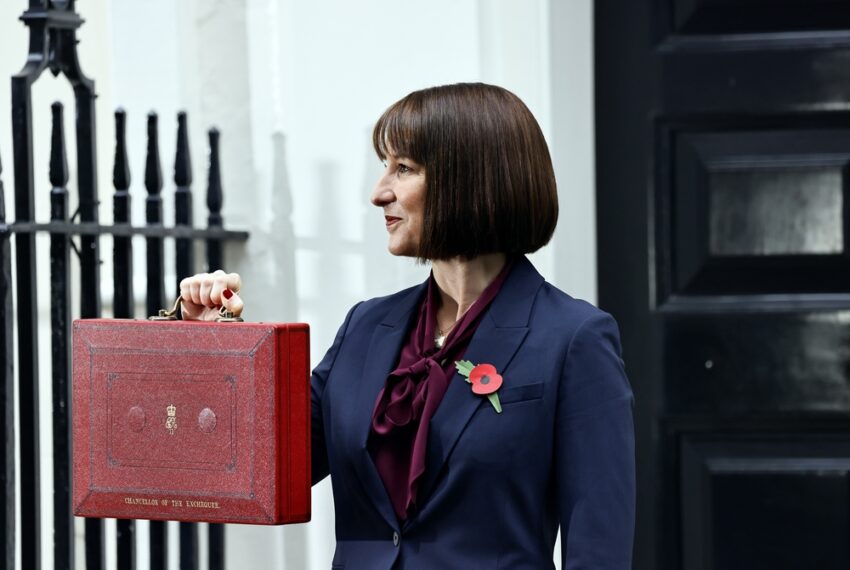The Chancellor has been warned she is “flying blind” into November’s Budget after fresh analysis suggested far more non-domiciled residents have left the UK than the Government anticipated, with billions in expected tax revenues now at risk.
In a report published today, economics consultancy ChamberlainWalker says early evidence points to a significantly larger exodus of non-doms following the abolition of non-dom status in April 2025. The firm argues that Treasury assurances—based on HMRC payroll returns—that departures are broadly in line with forecasts understate the scale of outflows because many of the wealthiest non-doms are investors rather than salaried employees and therefore fall outside PAYE data.
ChamberlainWalker cautions that the Government’s projected £34bn haul from the reforms rests on “optimistic and incomplete” assumptions about behaviour, including that only 1,200 people would leave and that a small group—“in the mid-thousands”—would remain and pay substantially more under the new foreign income and gains (FIG) regime.
Chris Walker, founding partner at ChamberlainWalker and a former government economist, said: “It is worrying that the Chancellor is heading into the Budget with so little understanding of the fiscal impact of the reform of non-dom status. The Treasury is effectively flying blind about the behaviour of the most responsive group of non-doms.”
The report argues that who leaves matters more than how many. If departures are skewed towards the richest non-doms—particularly former RBC payers—the impact could be a “triple whammy” for revenues:
- A larger-than-expected hit to the UK income tax base as top contributors exit.
- A smaller-than-modelled FIG tax base as high-earning individuals take foreign income and gains offshore.
- Lower proceeds from the Temporary Repatriation Facility (TRF) if fewer assets are onshored.
The consultancy also notes that official reassurance from real-time payroll data is inherently limited at this stage. Behavioural responses to tax changes tend to play out over multiple years; ChamberlainWalker expects much of the adjustment to occur within two years of implementation, i.e. by April 2027.
HMRC’s forthcoming review of the reforms is expected to publish more granular data, but the report contends current sources cannot “meaningfully capture” the true impact—particularly among investor-type non-doms. On that basis, the authors urge ministers to exercise caution and consider interim adjustments to shore up revenue certainty and competitiveness while the evidence base improves.
Pre-reform modelling envisaged 25% of non-doms with trusts and 12% without trusts leaving, equating to about 1,200 leavers in 2025/26. It also assumed 7,700 non-doms and deemed-doms would be worse off (and therefore generate most of the extra FIG tax), with 14,200 eligible for a four-year FIG tax break and thus no worse off initially. ChamberlainWalker’s estimate that 1,800 have already departed implies the official scorecard could be materially off course if the composition of leavers is tilted to the top end.
With the Budget weeks away, the political and fiscal stakes are clear. If the exodus accelerates—and continues to be weighted towards the wealthiest—the Treasury’s £34bn headline could prove significantly overstated, forcing either policy refinement or compensating measures elsewhere in the fiscal plan.


